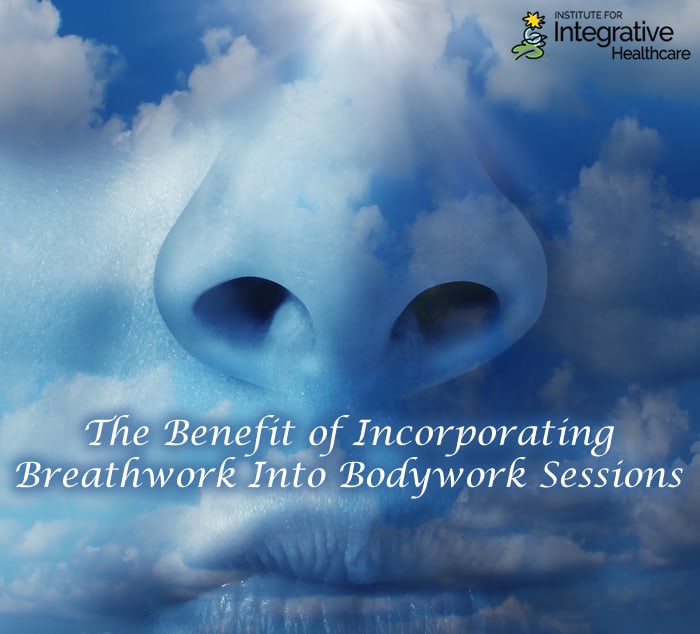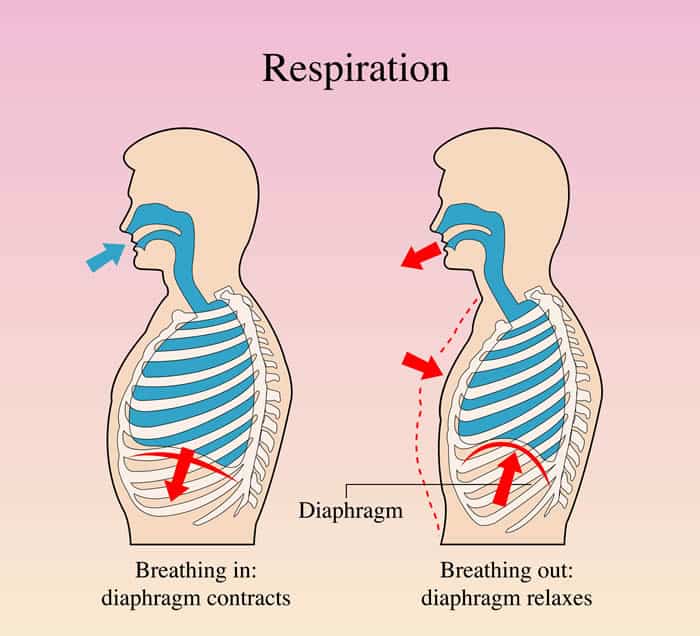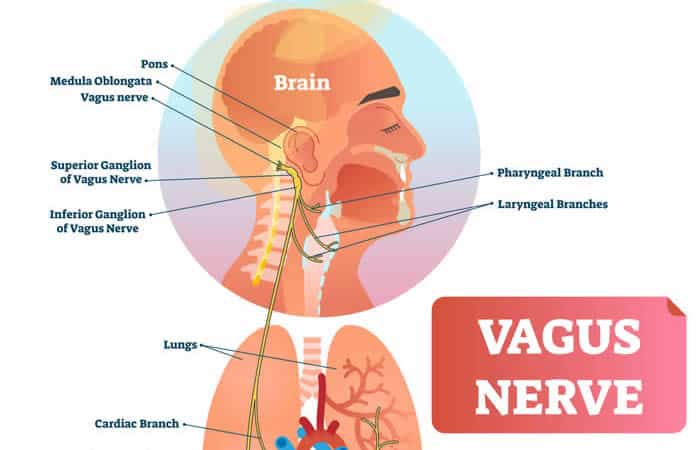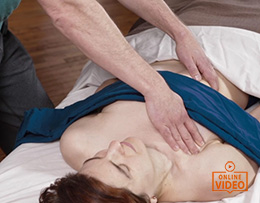

One aspect of massage therapy and bodywork that is quite appealing to clients is the ability to induce great relaxation. Even falling asleep during a session may be a desirable goal for some people when receiving massage therapy and bodywork. Deep states of relaxation can have profound therapeutic effects upon the musculoskeletal and nervous systems. This article will examine how this occurs and what therapists can do to facilitate this response within the body.
Parasympathetic Nervous System
Relaxation and related benefits stemming from massage therapy occur due to activation of the parasympathetic nervous system. Also called “rest and digest response,” when this system is activated, the body will initiate physiological responses to calm itself.
- pupils return to normal size
- heart rate drops
- breathing rate drops
- adrenals stop pumping adrenaline hormones
- the digestive system resumes working
These responses restore homeostasis, the body’s natural state of balance and harmony amongst organ systems.
The Sympathetic Response
Stress experienced will create the opposite effect within the body. The sympathetic nervous system, also called “fight, flight or freeze response,” becomes activated. Physiologically, the body prepares itself to engage itself for protection. The pupils dilate, heart rate increases, breathing rate quickens, the adrenals pump adrenaline into the blood stream, and the digestive system ceases.
The human body is not meant to remain in the sympathetic response for long time frames. This response takes the body out of homeostasis. If organ systems are held out of balance for too long, certain organs within each system begin compensating for each other, either overproducing or under-producing their fluids or hormones, or functioning on unintended manners.
A classic example of how one organ may compensate for another is seen with splenomegaly, featuring an enlarged spleen. When the liver begins to malfunction, the spleen begins to take over certain blood purification duties. This creates a condition in which more spleen cells are needed to fulfill these new tasks, and the pleen enlarges as a result.
Nerves and Breathing Control
There are two nerves operating to control breathing:
- Phrenic
- Vagus
These nerves are further activated during the body’s sympathetic response.
Phrenic Nerve
Stemming from spinal nerve level C5 (directly under C4 bone), the phrenic nerve directly controls the diaphragm muscle. This muscle moves in a manner allowing air to enter and exit the lungs, akin to how a syringe works. Upon inhale, the diaphragm draws air into the lungs. Upon exhale, this muscle pushes air out of the lungs.

Coaching a client through breathwork on the table can help slow down a client’s breathing. Before the session commences, place your hands upon their feet and guide the client through 5 to 10 cycles of deep breathing. Have the client fill their abdomen with every inhale. This will regulate the activity of the diaphragm muscle, further easing the client into relaxation.
Vagus Nerve

Originating from the medulla oblongata, the vagus nerve is active in facilitating the body’s sympathetic response. Stress felt within the body will cause the lungs to quicken our breathing rate and muscles to hold tension.
Breathwork to harmonize vagus nerve activity will indirectly control breathing, as regulating sympathetic response will slow down our breathing rate. To focus on the vagus nerve activity, have the client place one hand upon their rib cage and the other at their heart. Coach the client to focus on air filling where both hands are placed. This will regulate the activity of the vagus nerve, easing the client into relaxation.
Somato-Emotional Releasing
Everyone reacts to stress differently. This is dependent upon many psychological and environmental factors. Early in life, we often develop our reactions to stress based on observing the adults in our lives. Also, some people physiologically have more active glands which contribute to stress adaption. No matter the reason, a massage therapist needs to be ready for somato-emotional releasing (SER) when stress responses initiate on the table.
In my continuing education classes, I often present three steps to help a therapist interact properly with a client experiencing an SER.
- First, the therapist needs to acknowledge the palpable shift in energy within the room.
- Second, the therapist needs to validate to the client that the emotion experienced is OK to experience in this moment.
- Third, the therapist may continue as directed by the client. Allow the client to dictate the next step in treatment which may appear as pausing, moving to a different body region, holding space to further experienced the emotion, remaining silent, talking to the client, or switching modalities.
A Great Way to Incorporate Breathwork Into Massage
Here is another manner in which I employ breathwork in massage practice.
At the beginning of session, with the client still fully draped, I approach their head and heart. Having gained permission prior to the session, I place one hand upon the top of the client’s head with the other hand placed safely upon the heart region. I shift my legs into a comfortable standing position allowing me to reside in one spot for several minutes.
Holding each location with soft pressure, I instruct the client to imagine a color to their breath. I ask the client to imagine filling the heart and chest with this energy color with every inhale, guiding them to allow this energetic color to travel anywhere needed in their body. Breathing is kept slow and rhythmic. Usually their breath deepens and slows, which is a great sign they are moving into parasympathetic mode.
After 5 to 7 minutes, I then proceed to begin undraping either the arms or legs to begin massaging. If I feel the client needs to keep their breathing undisturbed, then I choose to begin at the legs. Otherwise the arms become an easy spot to begin. Addressing both arms, followed by the neck, then the legs can make an easy flow throughout the body before turning client prone.
Profound healing will occur as clients experience deep relaxation within their bodies. Their minds will cease their mental chatter, their breathing rate slows, and their muscles soften. A therapist will have an easier time providing a therapeutic session with a client in this relaxed, parasympathetic state.
“Ocean’s Wave” Breath Example

Lastly, here is an easy breathwork example you can try at home.
Often used in yoga classes, Ujjayi breath is a powerful way to calm and safely deepen one’s breath. This is also called “Ocean’s Wave” breath because the sound of your exhale will mimic an ocean wave in sound.
To perform this breath:
- Inhale through your nose, smoothly and slowly.
- Slightly constricting your throat, exhale, creating an ocean’s wave sound smoothly and slowly.
- Imagine a mirror in front of your face that your breath fogs upon exhalation.
- Continue with a slow, rhythmic pace.












